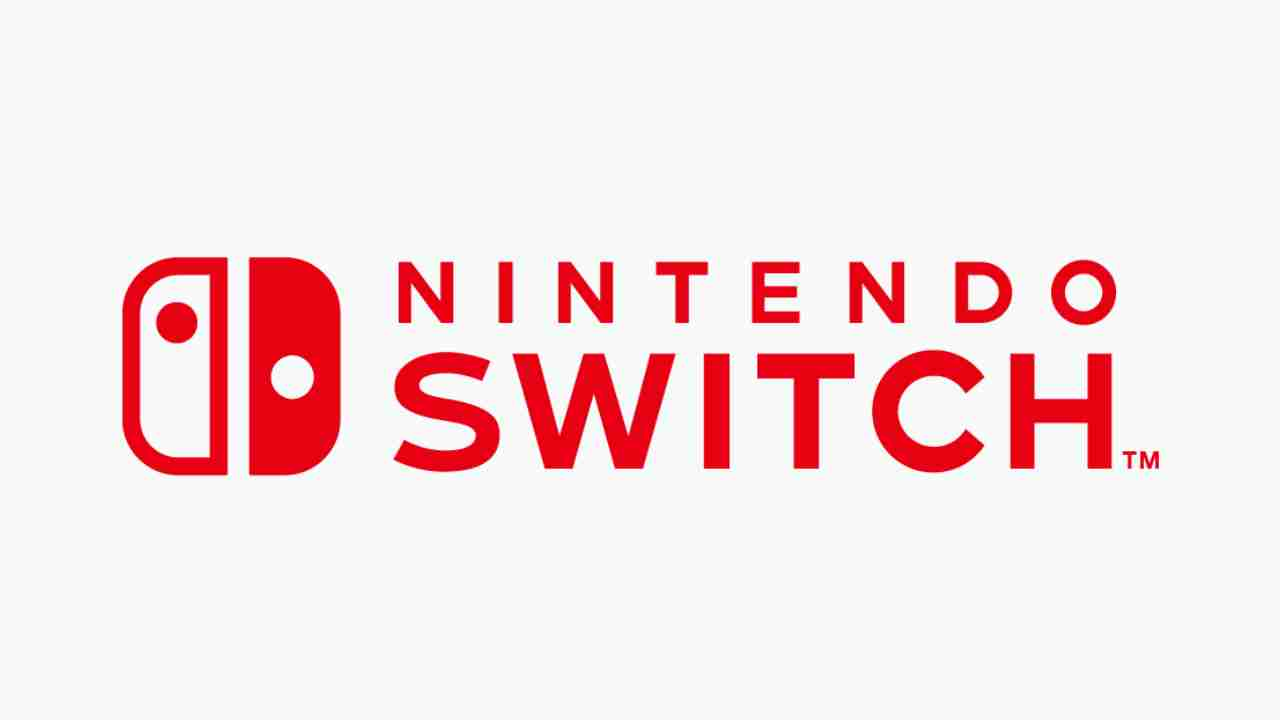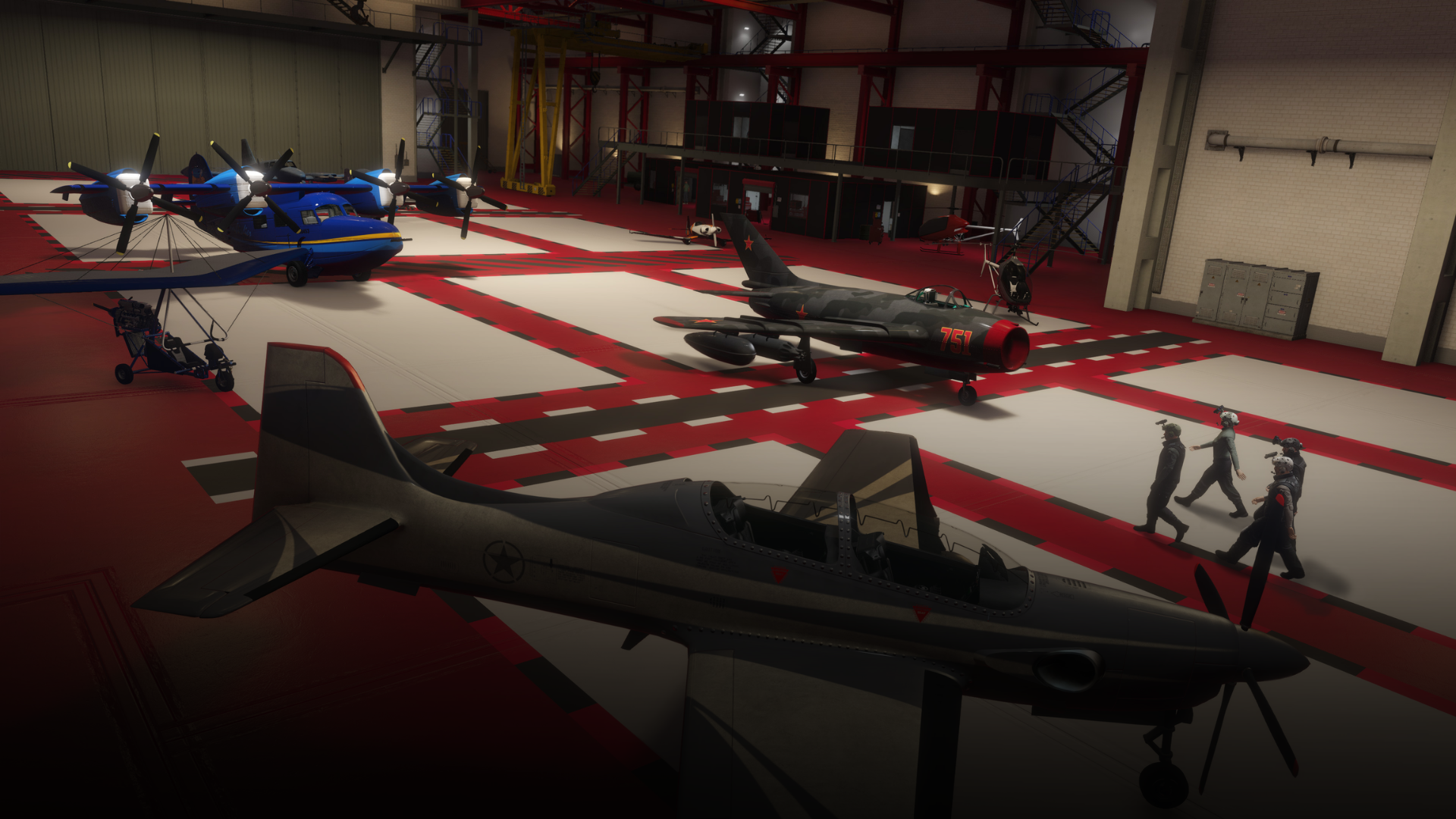“Nintendo is just making sh*t up as they move along”: The Zelda Timeline Revelation Doesn’t Seem to Make Much Sense to Fans or Nintendo
Nintendo's official timeline for Zelda has a few inconsistencies that its fans have been quick to catch on, leading to a lot of speculation.
- The Zelda timeline from Nintendo has opened up a can of worms for the studio, with many players questioning its continuity.
- While Breath of the Wild and Tears of the Kingdom are considered canon, it seems that Nintendo did not think about where they would fit in the franchise's overall narrative.
- Players have various explanations about how the two games are connected to the Zelda timeline, however, showcasing their interest in Nintendo's work.
The Legend of Zelda has proven to be a very successful franchise for Nintendo, with Breath of the Wild being a major draw for the Nintendo Switch and Tears of the Kingdom continuing its story with aplomb. However, while these two additions to the franchise were purported to be at the end of its timeline, a recent revelation from Nintendo has caused a lot of confusion among fans.
With Nintendo’s timeline proving quite confusing in terms of where it has placed the two titles, fans of the games are beginning to wonder if the studio struggles to maintain a coherent sequence of events across the many additions it has made to the Zelda franchise over the years.
A Zelda Timeline That Is Confusing and Convoluted

Fans of the two titles that followed Link’s quests to assist Princess Zelda in saving Hyrule from the tyranny of Calamity Ganon and addressing the subsequent fallout from that battle remain bemused at the franchise’s timeline placing them outside of other titles considered canon while presenting them as standalone titles despite Tears of the Kingdom being a direct sequel to Breath of the Wild.
As seen in the Reddit post below, the timeline has sparked a lot of discussion on the two games’ place in the franchise’s official canon, with many players believing that Nintendo has not quite figured out where to place them yet – an unfortunate state of affairs considering its upcoming title in which Zelda takes on the role of savior in a historic first for the mainline titles.
The post’s responses feature a lot of speculation from players about where the two games fit into the overall narrative that the franchise has built over time while others are critical of Nintendo’s inability to satisfactorily connect the two titles to its larger collection of games under the Zelda banner.
Can Nintendo Find a Satisfactory Resolution to Its Conundrum?

Among the many responses to the original post that stand out, one player’s suggestion that Nintendo seems to be improvising on its timeline as it continues to release more titles to the Zelda franchise does make sense, considering how its latest games are obviously presented as standalone titles despite their narratives being directly connected.
However, it could be that Nintendo has assumed that its fans would know that the two games have an interconnected story and placed them at the end of its official timeline to showcase their significance to the overall universe it has established.
But a response from another player could derail that theory, implying that Nintendo has not managed to find the two titles a proper place in the history of the Zelda timeline yet.
Another player presents a somewhat satisfactory explanation for the two games’ placement on the Zelda timeline, arguing that the events that they tackle are so far into Hyrule’s future that the rest of the timeline could be seen as ancient history – an idea that Nintendo could consider.
While Nintendo does have more than a few options to explain its supposed lapse, the studio could take heart in knowing how its loyal fanbase continues to appreciate the Zelda franchise in the run-up to the new title’s release.







